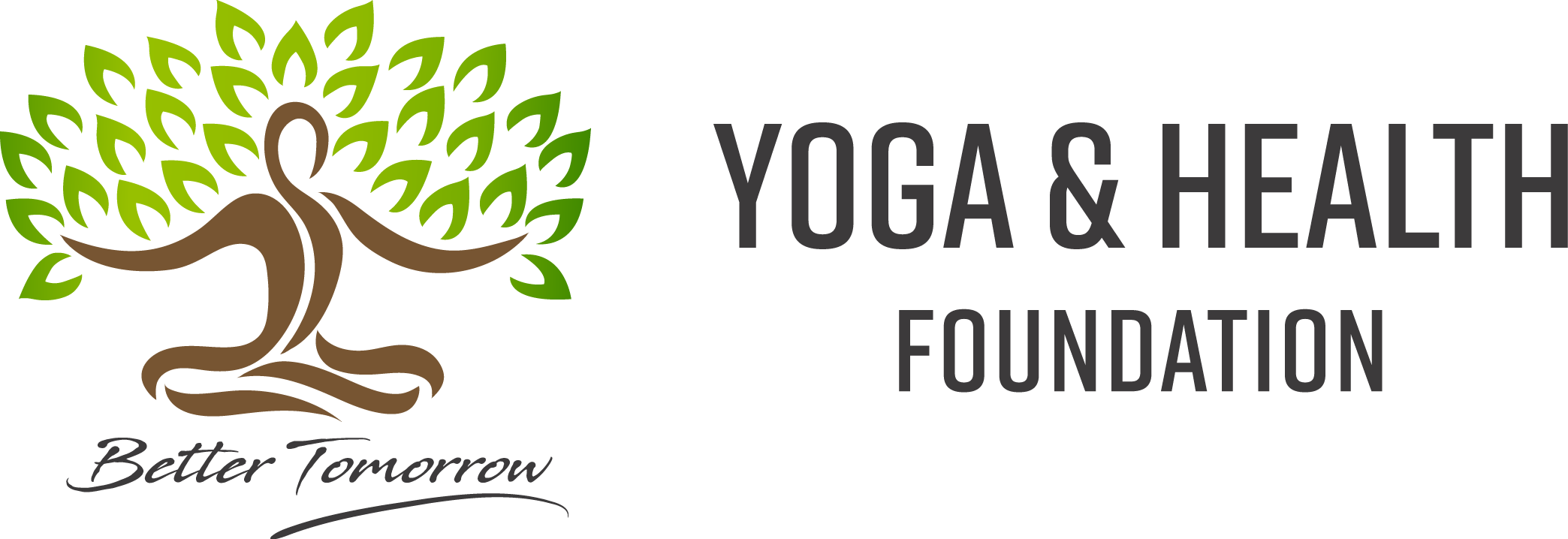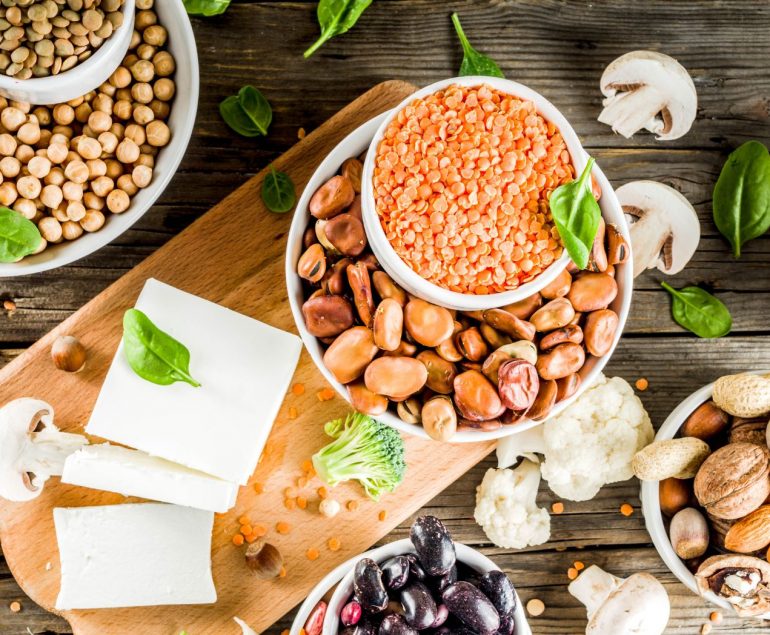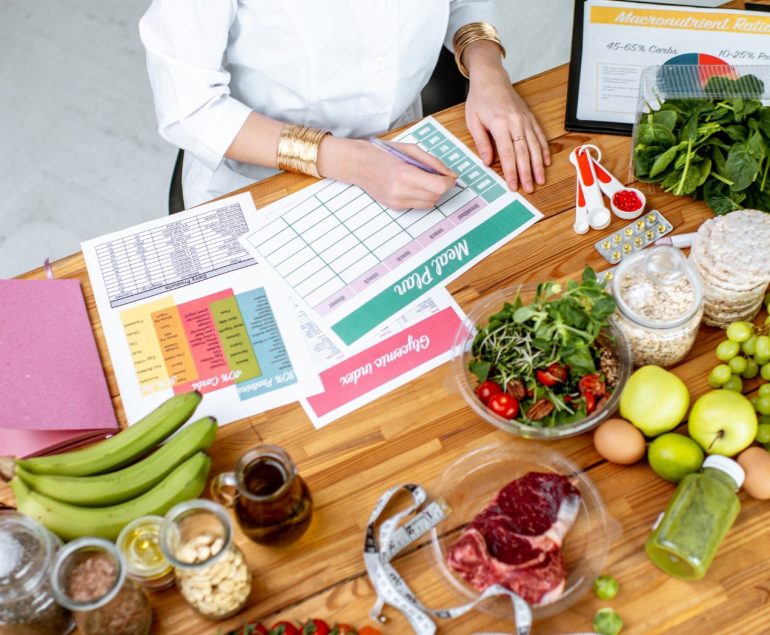“You can’t really know where you’re going until you know where you have been.” – Maya Angelou
Let’s go back 100 years from now,the year is 1923, the world’s population was estimated to be just over 1.5 billion and reached 2 billion by 1927. The jump from 1 billion in 1804 to 2 billion in 1927 took 123 years but it took only 33 years to reach 3 billion in 1960.
The life expectancy for men, was about 56 years; women, about 58.Telephones, automobiles, and air travel were accessible to a small percentage of the population.There were several natural disasters in 1923, nearly 150,000 people are killed in three earthquakes in China, Iran and the worst one in Japan.
Another significant event that happened in 1923:Sir Frederick Banting, Charles Best, and James Collip were awarded U.S. patents on one of the greatest medical breakthroughs in history for insulin.
The best part about it is that they sold these patents to the University of Toronto for a dollar each. Eli Lilly started mass production of insulin in October 1923 and the medicine went on to save millions of lives around the world.
Let’s fast forward to 2023,the population is close to 8 billion. The life expectancy for men, about 70 years; women, 76 years all thanks to advancement in modern medicine.
Over 7 billion people have mobile phones. Over 1.5 billion people have cars. Global air travel passenger traffic is projected to reach 8.4 billion this year.From severe storms to tornadoes to earthquakes, natural disasters are occurring more frequently and a with greater intensity.
More than 530 million adults are living with diabetes and that number will go up to 640 million by 2030 and 780 million by 2045. Obesity is a leading cause of diabetes, especially type 2 the more common type of diabetes.
Over the last century, the consumption of meat, dairy and eggs has increased due to large scale industrialization of food processing. Over 95% of animal-based foods are produced by factory farms, an intensive agriculture designed to maximize production and profits using as few resources as possible.
Globally more than 70 billion chickens, 1.5 billion cows, hundreds of millions of turkeys, pigs and goats are slaughtered every year for human consumption. It is estimated that an average American would consume 7,000 animals during their lifetime.
There is a correlation between income growth and increase in meat consumption. As incomes in a country grow, so does the meat consumption in that country. For example, India was largely a vegetarian country a few decades ago but as income levels grew in the 90s and thereafter, the consumption of meat has significantly increased.
As meat consumption grows, the rate of disease also grows in those demographics. Take for instance, since 2016, daily consumption of fish, chicken, and meat-eaters in men has increased from 1.8% to 8% in India. Another example is China, where per capita consumption has grown 15-fold in the last 60 years.
In Brazil, the meat consumption rate has quadrupled. Each country also has their preferences in the type of meat. Chicken is heavily consumed in most high-income countries followed by beef and pork. Portugal, Japan, and China have high fish and seafood consumption.
Heavy consumption of meat is attributed to increased risks of total mortality, colorectal cancer, cardiovascular disease, and diabetes. Heavy consumption of milk results in increased risk of mortality and hip fractures. There is double the amount of cholesterol in eggs than in a Big Mac. Cholesterol is a leading factor for heart disease.
Since the early 2000’s, there is more awareness about animal agriculture’s impact on human health, our planet and billions of animals as a result of research studies, documentaries, social media, educational campaigns by animal rights organizations and activism.
Terms like vegan, plant-based have become more mainstream over the past decade and the percentage of population adopting vegan lifestyle is seeing an upward trend.
Companies like Tofurky, Follow Your Heart, Field Roast, Gardein, Daiya Foods, Miyoko, Beyond Meat, Impossible Foods, JUST Egg, Silk, Oatly, Califia Farms and countless others have introduced delicious, healthier alternatives to traditional meat, eggs and dairy products in a massive way.
Major grocery stores like Walmart, Target, Safeway, Loblaws, Whole Foods have dedicated shelves and sections for vegan foods making them easily accessible anywhere in the country. Canada, Germany, Denmark, Singapore, Israel, India and other countries have started investing in alternative protein sources (meat alternatives) as part of their climate action agenda.
Every major city around the world has veg fests and vegan food expos that draw thousands of attendees each year. Vegan restaurants are popping up in every town. The demand for healthier, cruelty-free, environmentally sustainable foods continues to grow.
Despite all of this traction, a vast majority of the population is hooked on meat and the biggest challenge we face is a rapid population growth which is estimated to be close to 10 billion by 2050.
One of the most groundbreaking innovations happening in the world of food technology is cultivated meat (cell cultured meat).
There are over a hundred cultivated meat companies in the world who are perfecting the production of meat by cultivating animal cells directly without the need to breed, farm, and slaughter animals for food.
The industry estimates are that cultivated meat could reduce greenhouse gas emissions by over 90%, can be produced entirely without antibiotics and minimizes the risks of pathogens and pandemic causing viruses.
Companies like Upside Foods are FDA-approved to launch cultivated meat products to the market in the near future. Similarly, companies like Perfect Day Foods are replicating milk protein in an animal-free way. If cultivated meat designed for vegans, vegetarians?
It’s most certainly not but it does reduce the suffering in billions of animals, uses fewer resources compared to traditional meat and may even be comparatively less harmful to human health than regular meat. Could cultivated meat be the future of food?
“Do the best you can until you know better. Then when you know better, do better.” – Maya Angelou Fin.
About the Auther
Mahesh Kothamangalam: engineer, filmmaker, vegan. Bank project manager revolutionizing the food system. Directed “Slice of Life” documentary, promotes veganism. Resides in Pitt Meadows, BC.




